
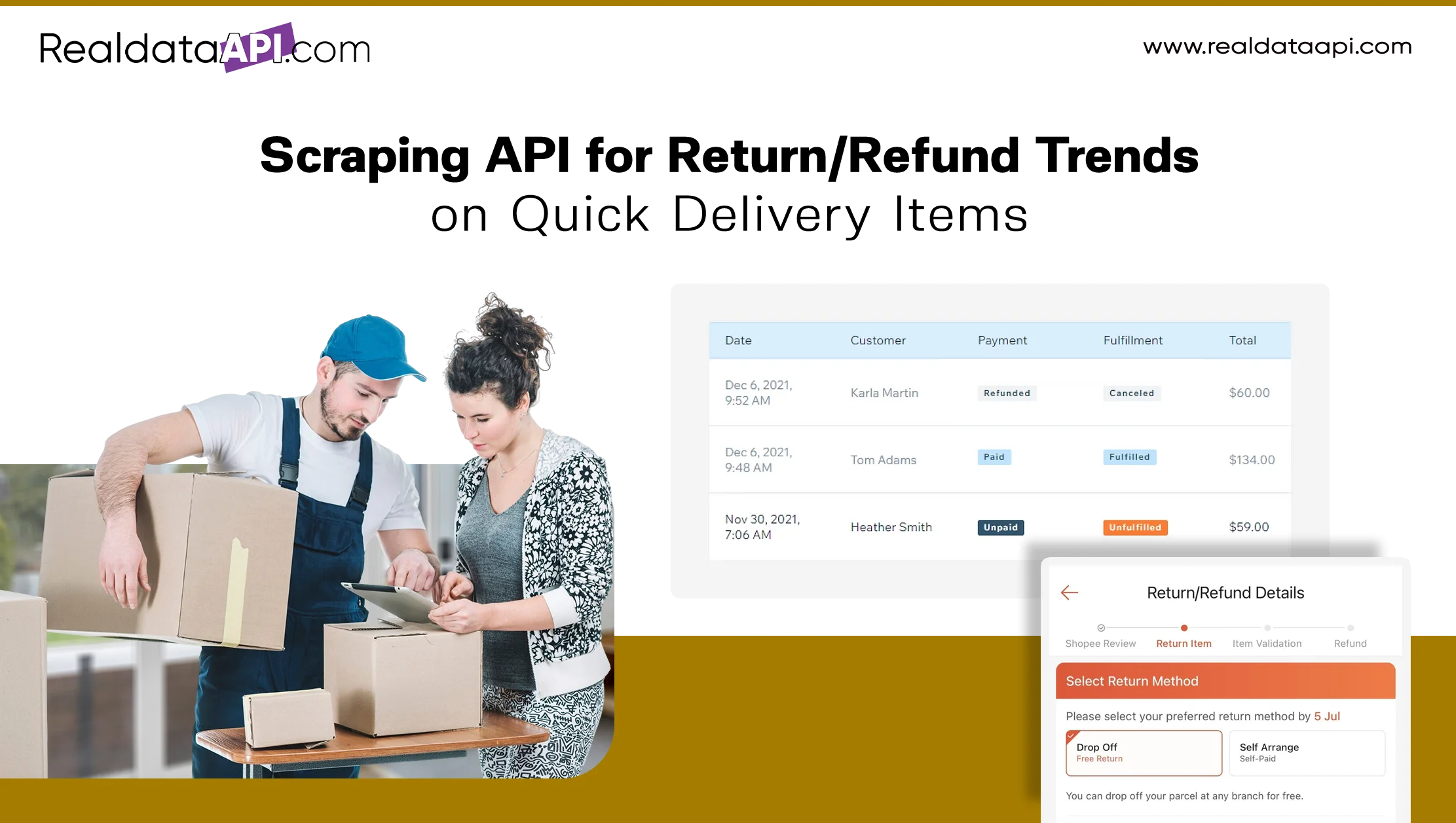
Introduction
The rise of quick commerce—ultra-fast delivery of groceries, medicines, and everyday essentials within 10 to 30 minutes—has revolutionized consumer expectations. Platforms like Blinkit, Zepto, Getir, and Gopuff now promise lightning-fast delivery. But speed doesn’t always translate to satisfaction. Product mismatches, perishable damage, wrong items, or app-based errors can result in a significant number of returns and refunds, which can directly impact:
- Customer retention
- Profit margins
- Inventory forecasts
- Brand loyalty
To stay competitive, companies need real-time visibility into these return/refund patterns. This is where Scraping APIs for Return/Refund Trends becomes a powerful business tool.
Why Track Return/Refund Trends in Quick Commerce?
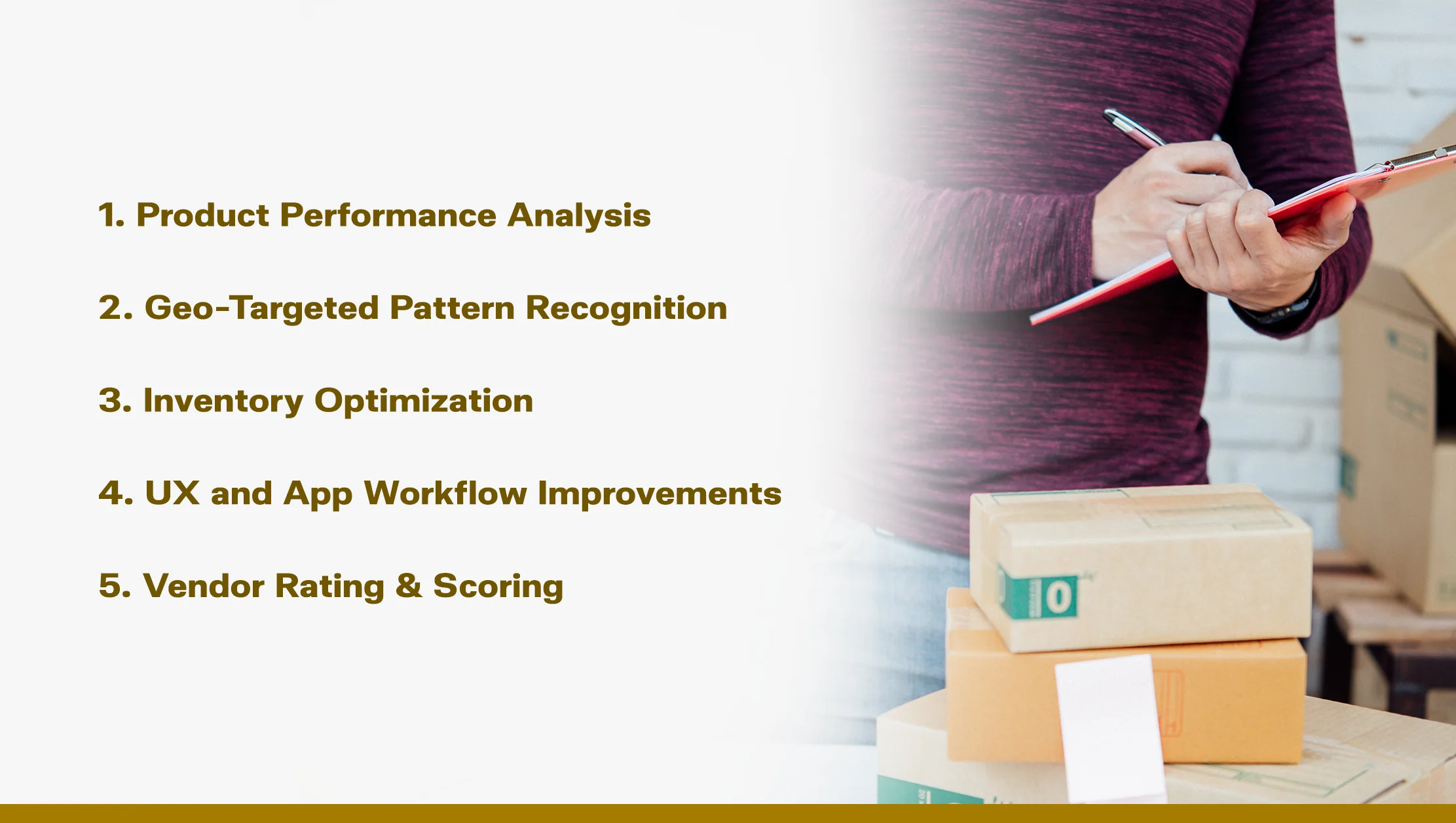
Understanding return/refund behavior goes beyond just operational improvement. It feeds into:
1. Product Performance Analysis
High return rates often indicate product quality issues, incorrect listings, or supplier faults.
2. Geo-Targeted Pattern Recognition
Some areas may show higher refund rates due to traffic delays, warehouse errors, or app glitches.
3. Inventory Optimization
Frequent returns increase reverse logistics costs. Trend analysis allows smarter stock allocation.
4. UX and App Workflow Improvements
If many refunds are initiated due to confusion in UI/UX (e.g., similar SKUs or misinterpreted images), scraping refund reasons helps guide design improvements.
5. Vendor Rating & Scoring
Tracking product-level returns lets platforms grade vendors or brands based on return ratios and customer dissatisfaction.
What Is a Return/Refund API?

Quick delivery platforms use internal APIs in their mobile or web apps to manage return workflows:
- Return eligibility checks
- Reason selection dropdowns
- Refund initiation
- Refund status tracking
- Product feedback submissions
These APIs are generally not public, but can be accessed through scraping techniques by inspecting app/web traffic or using authenticated sessions.
Gain instant visibility into customer returns—leverage Return/Refund API with Real Data API for smarter, real-time eCommerce decision-making today!
Get Insights Now!Key Data Points You Can Extract
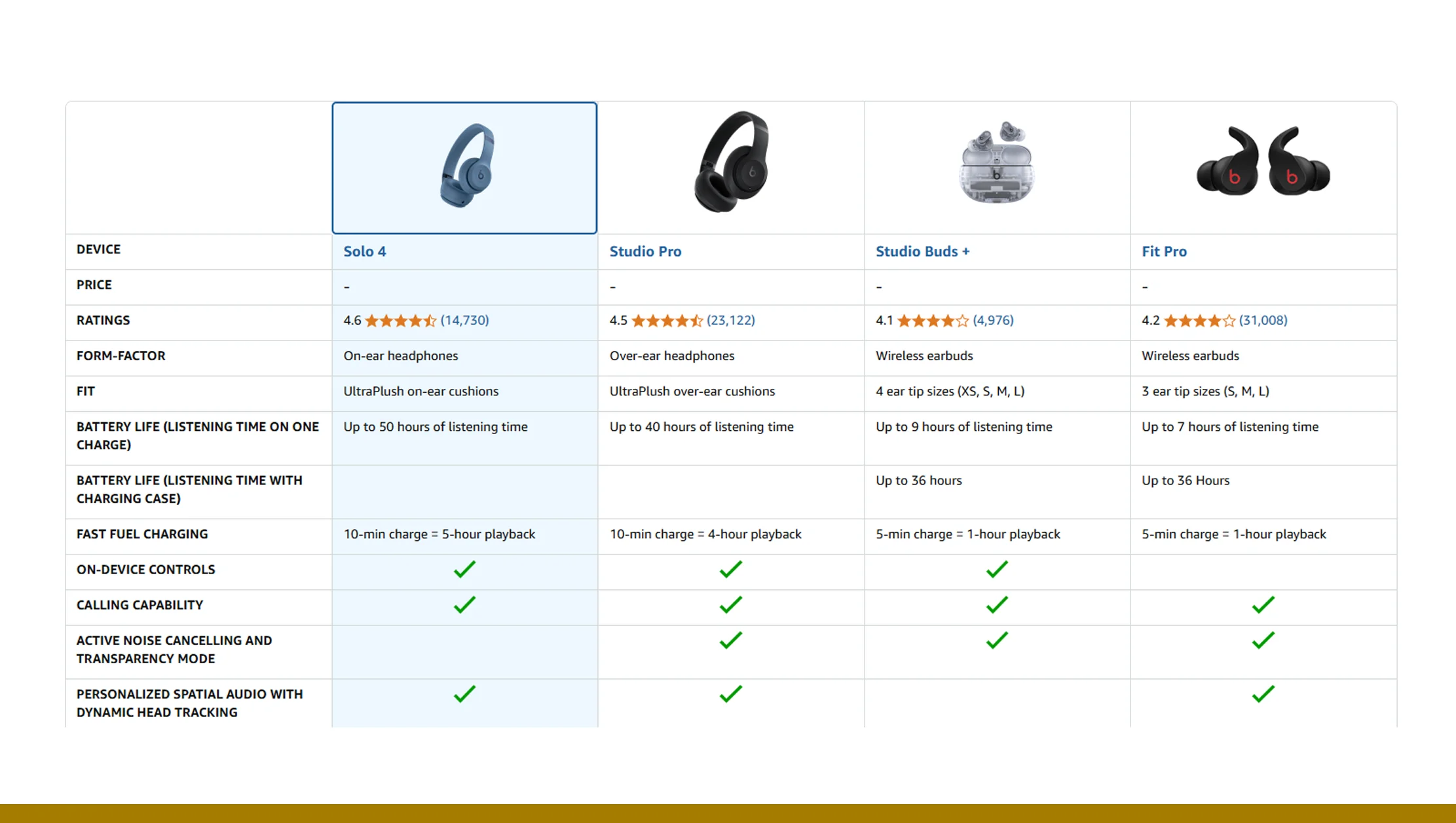
When scraping APIs for return/refund trends, the goal is to extract structured, actionable data. Here's what typically gets captured:
| Field | Description |
|---|---|
| Order ID | Unique identifier for transaction |
| Product Name | Item returned or refunded |
| Reason Code / Description | Customer-selected reason for return |
| Refund Type | Instant refund, wallet credit, etc. |
| Time Since Delivery | Time gap between delivery and return |
| Region / Pincode | Helps spot regional behavior differences |
| Frequency of Return | Indicates product or SKU-level repeat trends |
| Return Approval Status | Approved, rejected, pending |
How to Scrape Return/Refund APIs: Step-by-Step

Step 1: Identify the Return APIs
Use tools like:
- Charles Proxy, Wireshark, or Fiddler to inspect mobile app traffic
- Browser DevTools (Network tab) for web-based quick commerce sites
- APK decompilation for Android apps to locate API endpoints
Look for API calls like:
/api/v2/refund-status
/api/return-item
/api/reasons/list
/api/order/:id/refund
Step 2: Replicate Requests Authentically
These APIs typically require:
- Bearer tokens (user-level auth)
- Headers (device-type, platform)
- Cookies
- Location data
Use Python (Requests/HTTPx) or Postman to mimic API calls and capture the JSON responses.
Step 3: Extract & Parse the Data
Pull return/refund logs for:
- Specific SKUs
- Categories (e.g., dairy, snacks, personal care)
- Dates/time frames
- Location clusters (based on pincode or city)
Clean the data and transform it using:
- Pandas (for tabular insights)
- Regex or schema validation (for semi-structured responses)
Step 4: Store in a Structured Format
You can push this data into:
- PostgreSQL / MongoDB
- Google BigQuery (for scale)
- Excel/CSV (for reporting tools)
This enables downstream analysis, dashboarding, and automated alerting for spike detection.
Top Platforms for Return/Refund API Scraping
| Platform | Return Rate | Workflow API Status | Notes |
|---|---|---|---|
| Blinkit | Medium | API-based refunds for undelivered or bad-quality items | Refunds are processed automatically via refund APIs |
| Zepto | High | Refund-status + feedback APIs (user-auth required) | Actively uses structured APIs for return workflow |
| Gopuff | Medium | Refund initiation via mobile app (payload-based) | Return data embedded in app payloads; less direct API support |
| Getir | Low | Less API-friendly, more form-based workflows | Return requests managed manually via forms or email |
| Swiggy Instamart | Medium | Feedback + refund API triggered via user dashboard | Workflow begins with user feedback; partial API integration |
Use Cases of Return/Refund API Data
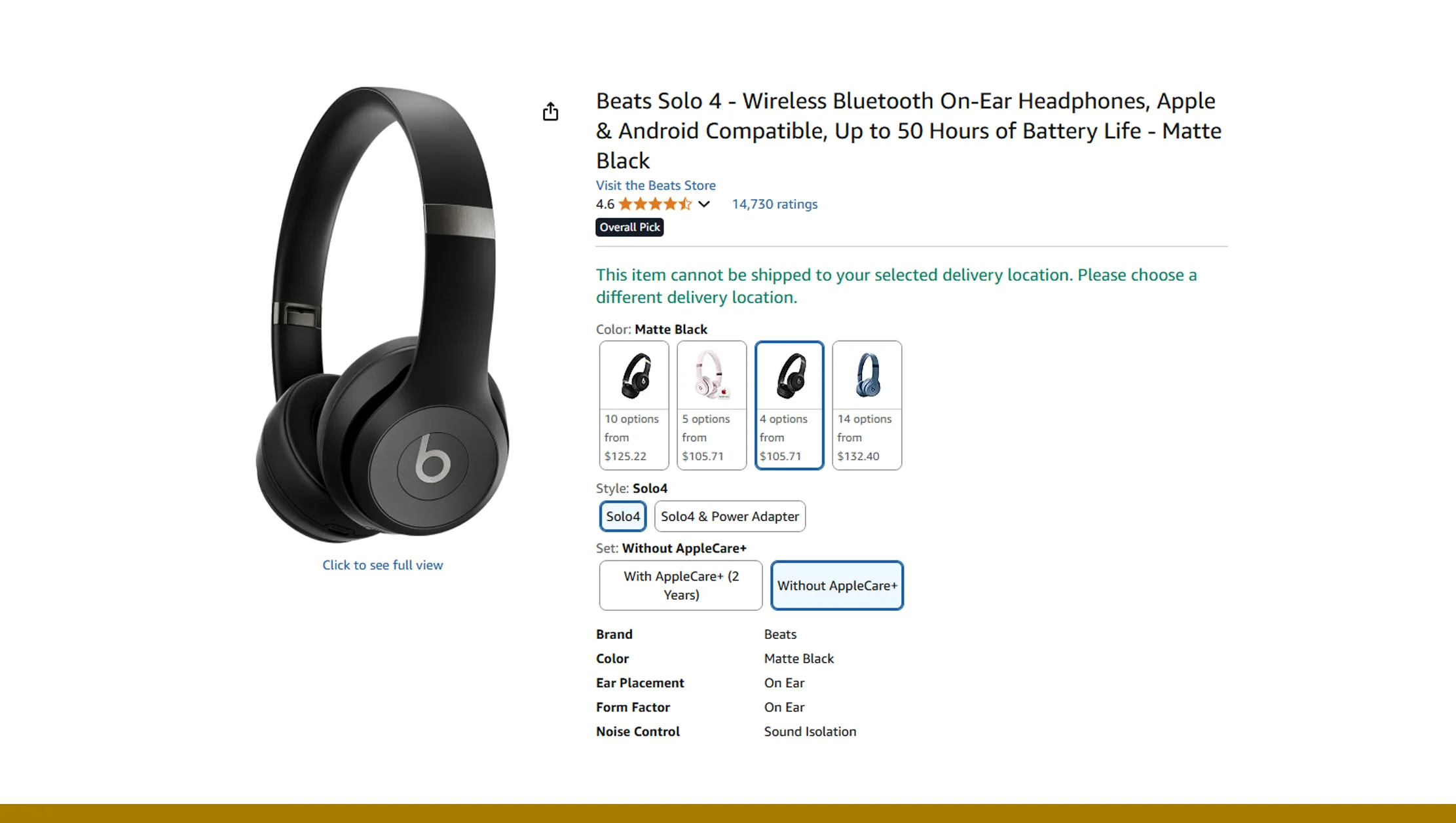
Product Quality Dashboard
Visualize the top 20 most returned SKUs weekly and categorize them by:
- Return reason
- Location
- Time of day
Logistics Issue Detection
Pinpoint if returns spike post 8 PM in certain areas → trigger warehouse audits.
Fraud Detection & Pattern Mining
Repeated refund requests from same user ID or IP? Use scraping to flag suspected fraud behaviors.
Vendor Comparison Tool
Allow category managers to compare refund % for similar products from different suppliers/brands.
Unlock powerful insights with Return/Refund API data—optimize logistics, reduce churn, and improve customer experience with Real Data API now!
Get Insights Now!Benefits of Using APIs Over Manual Review
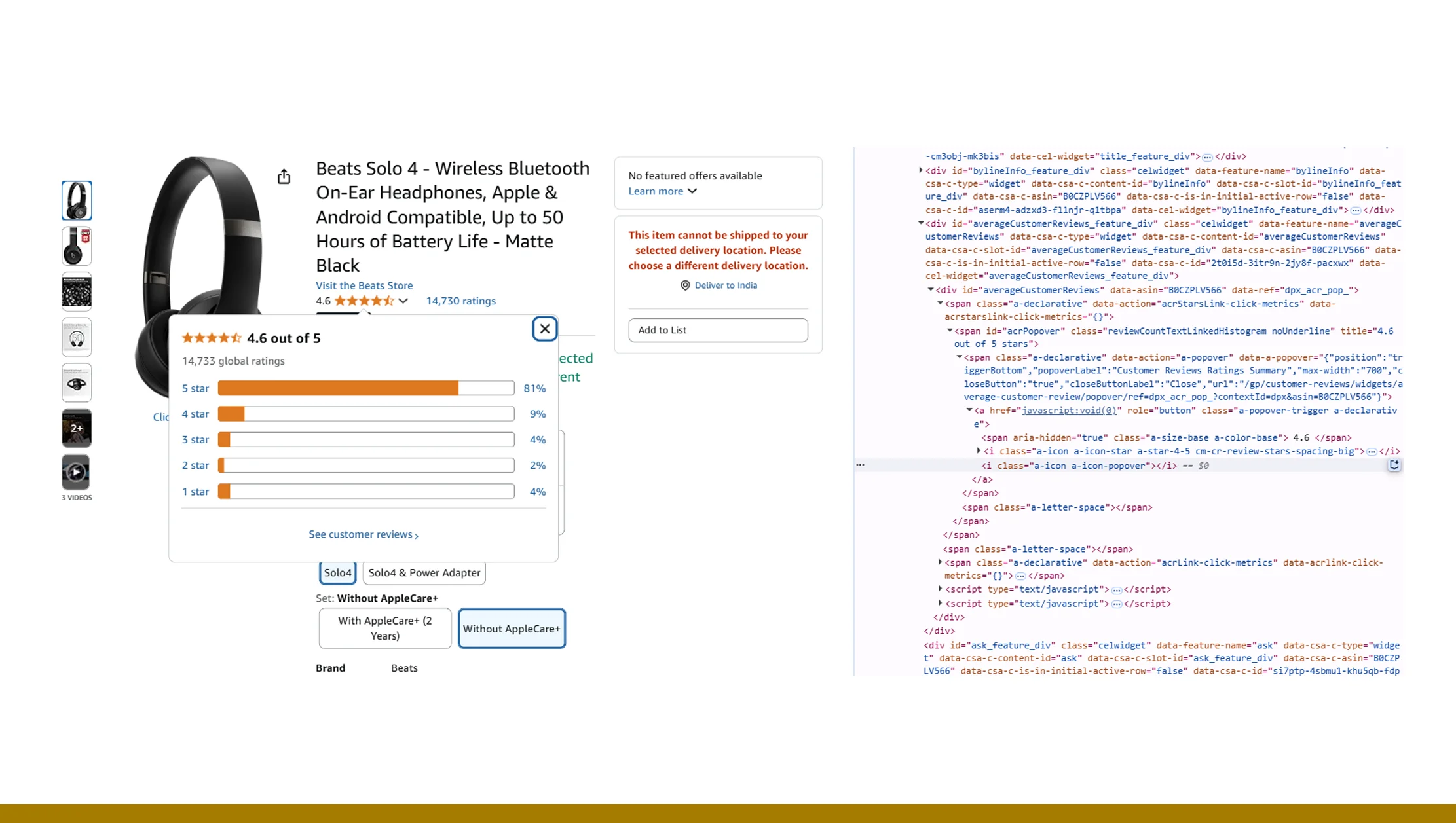
| Manual Review | Scraping APIs |
|---|---|
| Time-consuming & reactive | Automated & real-time |
| Limited to what's reported manually | Access to granular data (reasons, frequency, approval status) |
| Prone to human error | Clean, structured JSON responses |
| Difficult to scale | Scalable using schedulers & pipelines |
Ethical Considerations
- Ensure user data is anonymized
- Avoid accessing unauthorized or encrypted APIs
- Respect rate limits
- Use scraping only for research, quality, or operational insight—not to exploit competitor systems
Always check local data privacy laws (GDPR, CCPA) before storing or processing customer-related logs.
Tools & Tech Stack for Scraping Return/Refund APIs
| Tool / Tech | Use Case |
|---|---|
| Python + Requests | API calls & automation |
| Charles Proxy | Mobile API identification |
| MongoDB / SQL | Structured storage for tracking |
| Pandas + Plotly | Data analysis & visualization |
| Selenium / Appium | App-based interactions (fallbacks) |
| Airflow / Cron | Task scheduling for data refresh |
Real-World Examples

Quick Grocery Brand Insights
A national brand noticed that 1 in 10 dairy items delivered post-7 PM in Tier-1 cities were returned due to "spoiled content"—triggering them to change packaging vendors and optimize supply chain cutoffs.
Refund Spike on Zepto
An analytics team scraped Zepto’s refund API and discovered a 45% increase in refunds tied to a new SKUs with identical images. The platform fixed the image duplication and reduced refunds by 30% in a week.
Category Manager Alert System
E-commerce teams now get real-time dashboards flagging SKUs with refund spikes by >20% in any 24-hour window—allowing proactive action before negative reviews flood the app.
Future of Refund Analytics in Quick Commerce

As competition heats up in the quick commerce space, return/refund analytics will play a critical role in operational excellence.
Predictive Refund Modeling
Using scraped historical data, machine learning can predict which SKUs are most likely to be returned in specific cities, weather conditions, or delivery windows.
Real-Time Alert APIs
Some providers will begin offering alerts-as-a-service, notifying ops or product teams the moment refund volumes cross thresholds.
Refund Intelligence Integration
CRM and inventory systems will begin integrating directly with scraping engines or APIs for end-to-end automation of refund-triggered actions (like reorder alerts, feedback emails, or vendor hold notices).
Conclusion
Returns and refunds are an unavoidable reality in fast delivery ecosystems—but ignoring them is a costly mistake. With Return/Refund API scraping, businesses can shift from reactive firefighting to proactive optimization.
Whether you’re a brand, delivery platform, analytics vendor, or retail consultant, real-time insight into why users return quick delivery items will give you a strategic edge. Unlock return behavior insights at scale—partner with Real Data API for accurate, real-time scraping solutions that power smarter logistics and customer experience!















